A PhD in Mountain Biking? That’s right. Lewis Kirkwood, a Norco Factory Mechanic spannering on the World Cup Downhill circuit, is also known as Dr Lewis Kirkwood. Lewis is also a researcher at Edinburgh Napier University’s School of Applied Sciences and holds a PhD in Vibrations in Mountain Biking.
Lewis spent the best part of four years studying mountain biking, or more specifically, the vibrations that mountain bikers are exposed to. Why should we care? Well, Lewis says that on an average MTB ride, we can easily exceed health and safety executive guidelines for what are considered to be “safe” levels of vibration.
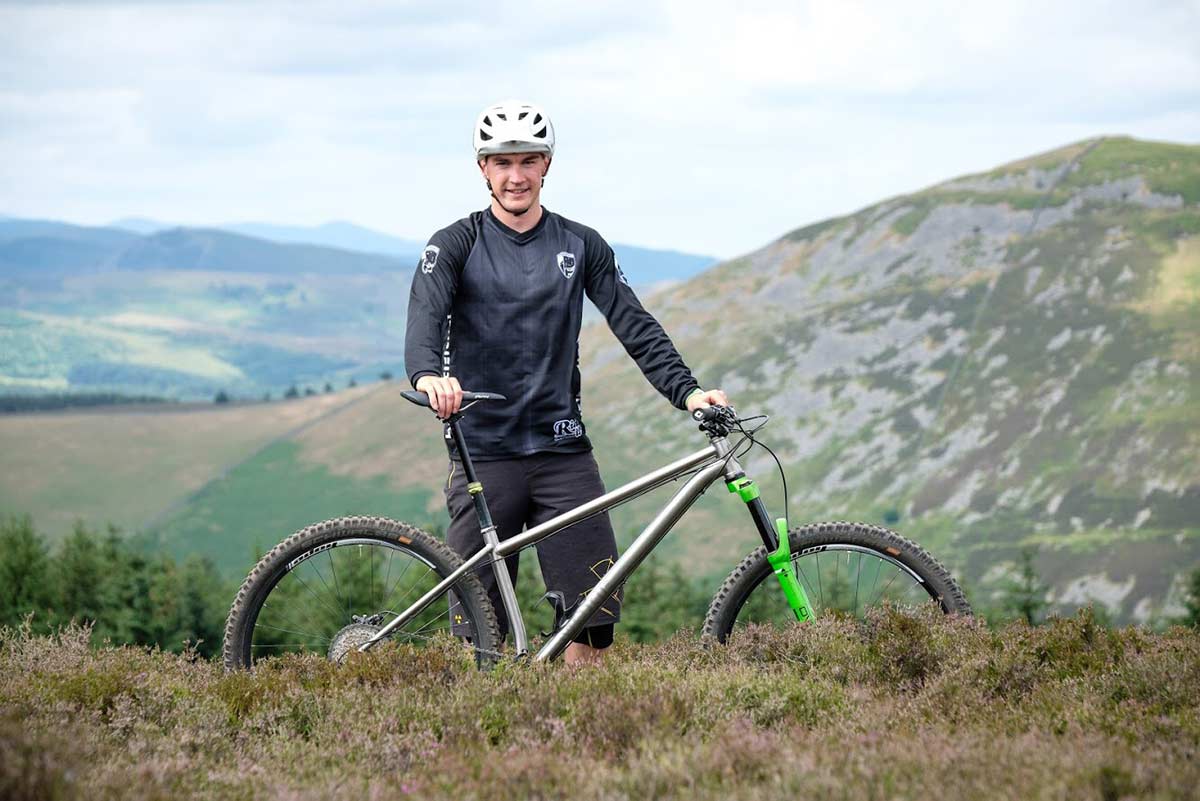
Think road workers on the jackhammer, foresters on the chainsaw. But don’t get him wrong, he isn’t the fun police about to wade in and tell you to stop riding your mountain bike because it’s bad for you. I think we can all agree that the ill effects of not riding bikes, whether they be physical health or mental health, could be far worse.
Lewis is a rider himself, and a pretty talented one at that, having raced XC and Enduro at Elite level. He’s also partial to a 30 ft gap every once in a while.
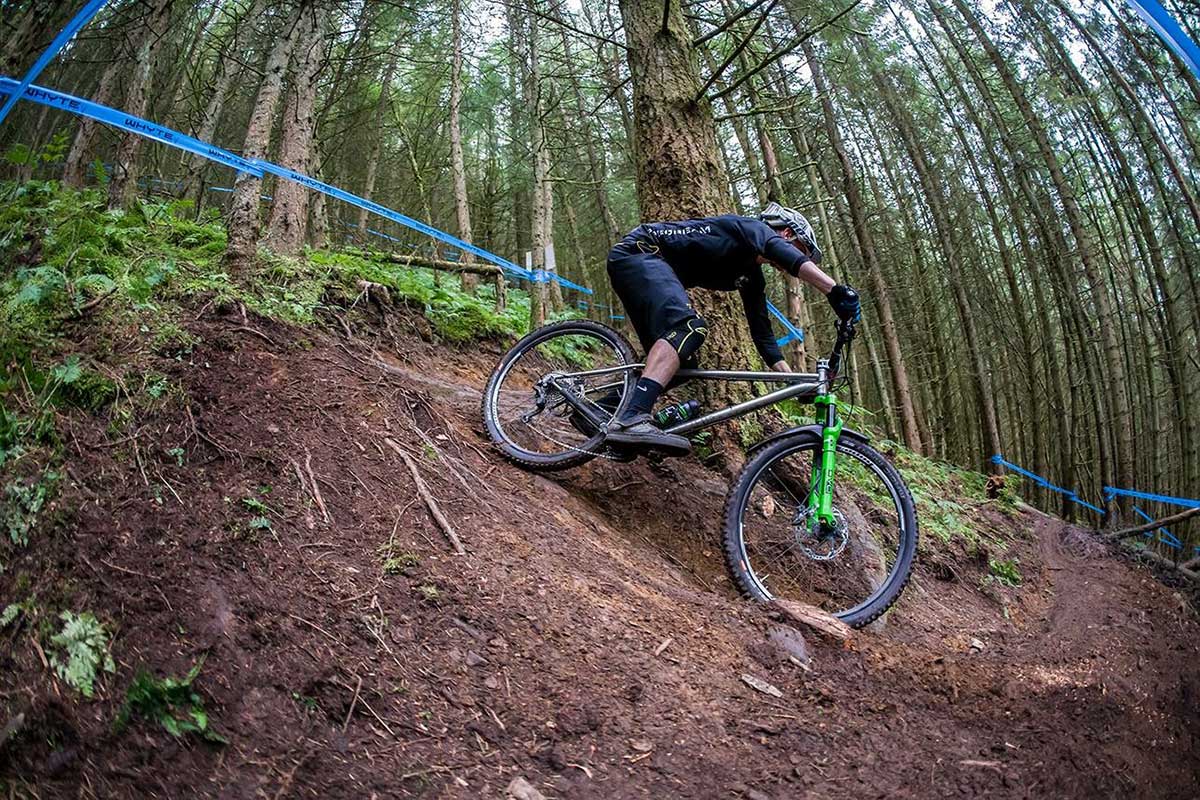
We caught up with Lewis to learn more about these pesky vibrations, and more specifically, why we should care about them. We asked Lewis what we can do to minimize vibrations while still having the time of our lives on two wheels. He also shared with us future plans for an Innovation Centre for Mountain Biking in the Scottish Borders.
BIKERUMOR: Tell us briefly about your PhD research. How do the findings relate to your everyday mountain biker?
Lewis Kirkwood, PhD: I completed my PhD at Edinburgh Napier University with the excellent team of Dr Lesley Ingram, Dr Eva Malone, Dr Mark Taylor, and Prof Geraint Florida-James. We worked with a group of nine elite enduro athletes over a season to determine the demands of elite enduro mountain bike racing.
To do this we collected information of daily training load, daily heart rate variability, and conducted 3 laboratory based exercise tests to assess physiological parameters such as peak oxygen uptake and body composition.
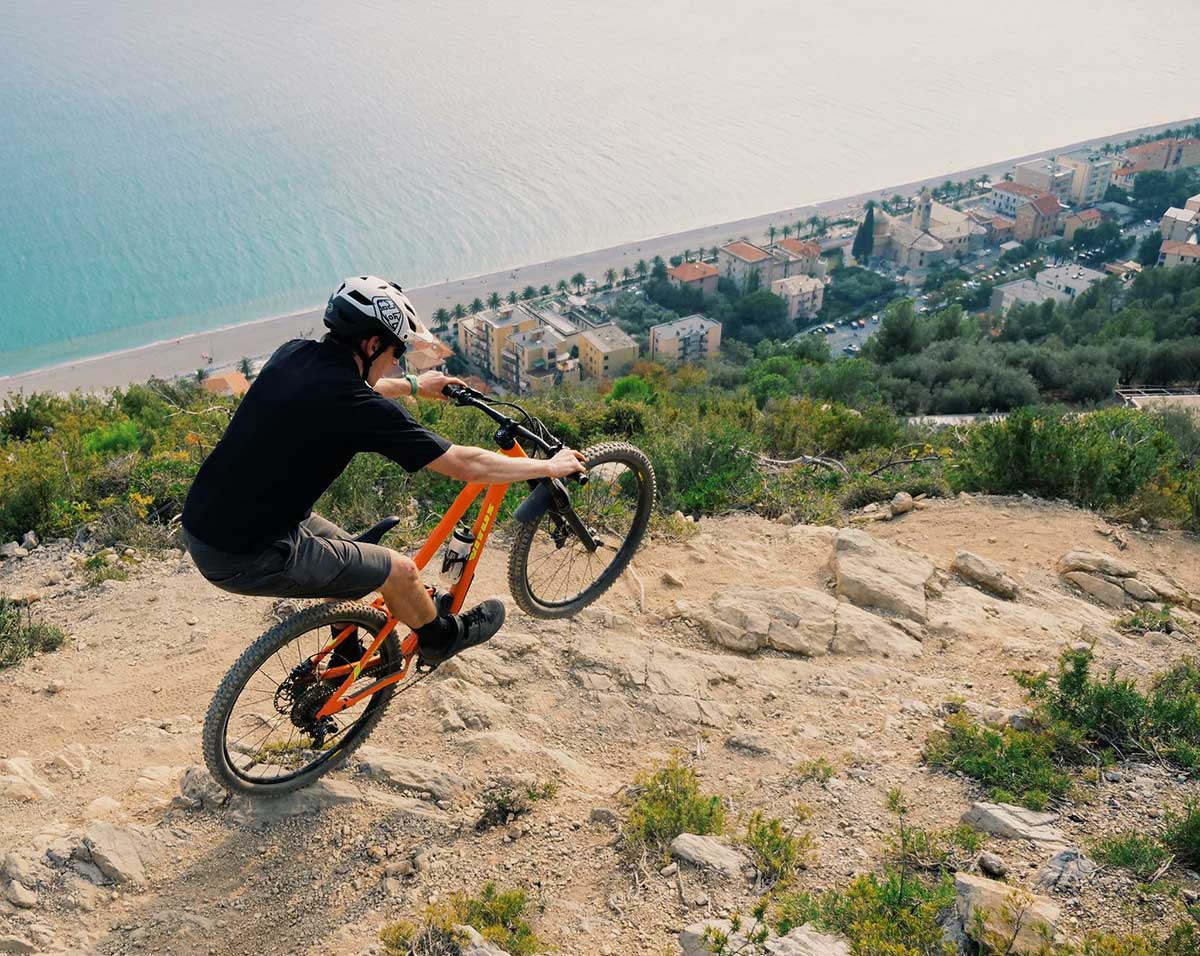
We took blood samples before, after and 1 hour after these lab tests to investigate the immune response to exercise, namely the redistribution of specific cells of the immune system. We also conducted a similar study at a race event, where we took blood before, an hour after and the following morning to measure the same parameters.
Each rider’s bike was fitted with an accelerometer to provide an estimate of vibration alongside a traditional measure of training load calculated from heart rate data. It’s normal to see an increase in the amount of most immune cells in circulation during and immediately after exercise followed by a dip below resting measures during recovery.
The size of the response is usually related to the duration and/or intensity of the exercise; the stress on the body. Our results from the race event data showed that vibration had a larger part to play in immune system disturbances than training load measured by heart rate.
Keep in mind these are elite athletes conditioned to race their bikes, and that you cannot cheat the recovery of your immune system. The cumulative findings of these studies prompted the final study, which was the assessment of hand-arm vibration exposure during elite enduro mountain bike racing.
This study showed that hand-arm vibration exposure during an enduro race exceeded the health and safety executive guidelines for daily hand-arm vibration exposure in the work place. Interestingly, it was largely the low level ‘chatter’ rather than big hits which appeared to contribute to the largest exposure values.
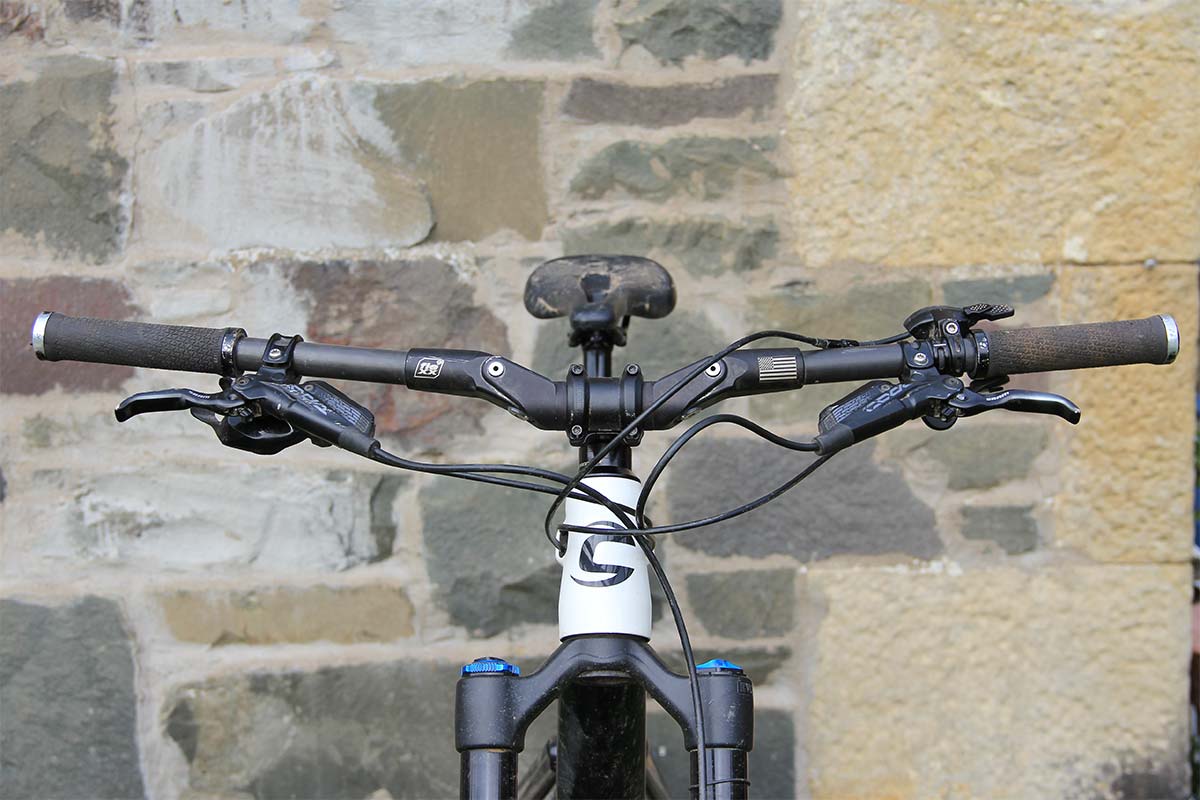
Broadly, our findings show vibration to be a key player in measurement of training load, recovery from exercise, and that the hand-arm vibration exposure associated with mountain bike riding may contribute to negative long term health effects.
For the everyday rider, this suggests that reducing vibration exposure is beneficial in terms of increasing comfort, reducing fatigue, and hopefully reducing the potential for long term health effects of chronic hand-arm vibration exposure.
Even if sore hands/arms are not a concern at present, I’d suggest steps to reduce, manage or at least monitor vibration exposure will increase the odds of a long career of bicycle riding of any discipline. If in doubt, speak to anyone who has worked in the construction sector prior to the introduction of tight regulations of hand-arm vibration exposure and is now suffering from hand-arm vibration syndrome!
BIKERUMOR: What impact do vibrations from riding have on the body, in the short-term and the long-term?
In the short term, exceeding the health and safety executive exposure limit value for hand arm vibration is relatively easy to do in a single ride. This kind of exposure value can accompanied by pain, numbness, vasoconstriction (compression of blood vessels) which reduces blood supply to working muscles, a reduction in grip strength, or any combination of the above.
I’m fairly sure most riders will have experienced some vibration related discomfort while riding their bike. It might have been sore hands during the tenth lap of a rough trail in the bike park or cruising along a rough stretch of tarmac on the way to work, but I suspect you’ll probably know what I mean.
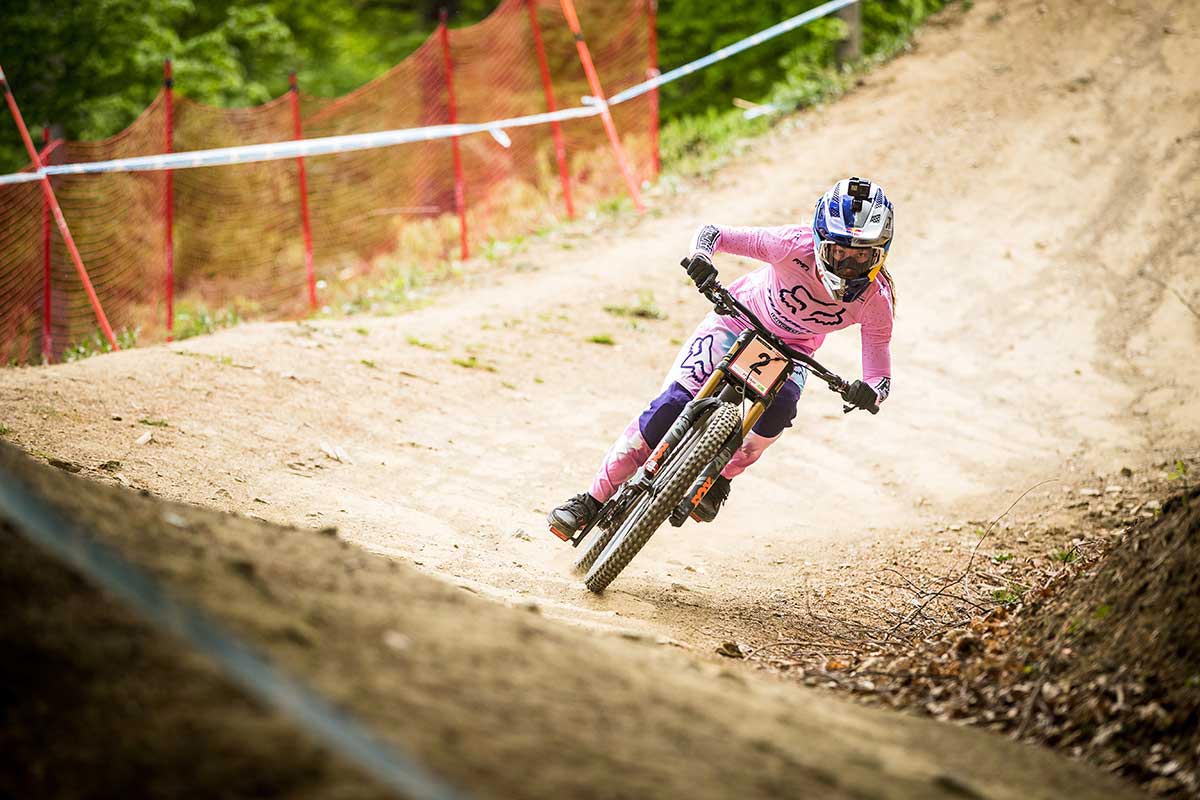
In terms of tangible evidence, a reduction in grip strength of around 30% is possible per run of Fort William WC DH track (Florida-James, Westbury, and Ball, 2007). You need grip strength to hold on and pull the brakes, so that’s a fairly crucial one.
In the long term case of repeated exposure, things get a bit more scary. Chronic excessive hand-arm vibration exposure can lead to the development of musculoskeletal, neuromuscular, vascular, and other types of pathologies. It even has its own condition: hand-arm vibration syndrome (HAVS).
HAVS is a recognised industrial disease linked to excessive vibration exposure in the work place (Bovenzi 1998). HAVS is an irreversible condition, made up of a wide range of disorders affecting the peripheral circulatory system, peripheral nervous system, and muscular skeletal system of the hand and arm.
Symptoms include tingling and loss of sensation in the fingers, loss of light touch, attacks of whitening of fingers when exposed to cold, pain and cold sensations between whitening attacks, bone cysts in wrists and fingers.
All of this considered, most studies concerning the long term effects of vibration have been conducted retrospectively, and have been based on occupational vibration exposure – 8 hours a day, 5 days a week. Hand-arm vibration only really came to the forefront in the mid 1980’s, so much of this research will include participants who were working with no vibration exposure guidelines.
Therefore, we have research to do to explore the link between vibration exposure and the potentially negative health effects.
Bikerumor: What’s the impact on performance? Should athletes be looking more closely at their set-up to reduce vibrations?
The 30% reduction in grip strength found by Florida-James, Westbury, and Ball (2007) over one run is a good place to start. If grip strength reduces, so does braking capacity and the ability to hold on. Therefore, making sure you have some good brakes is a decent start.
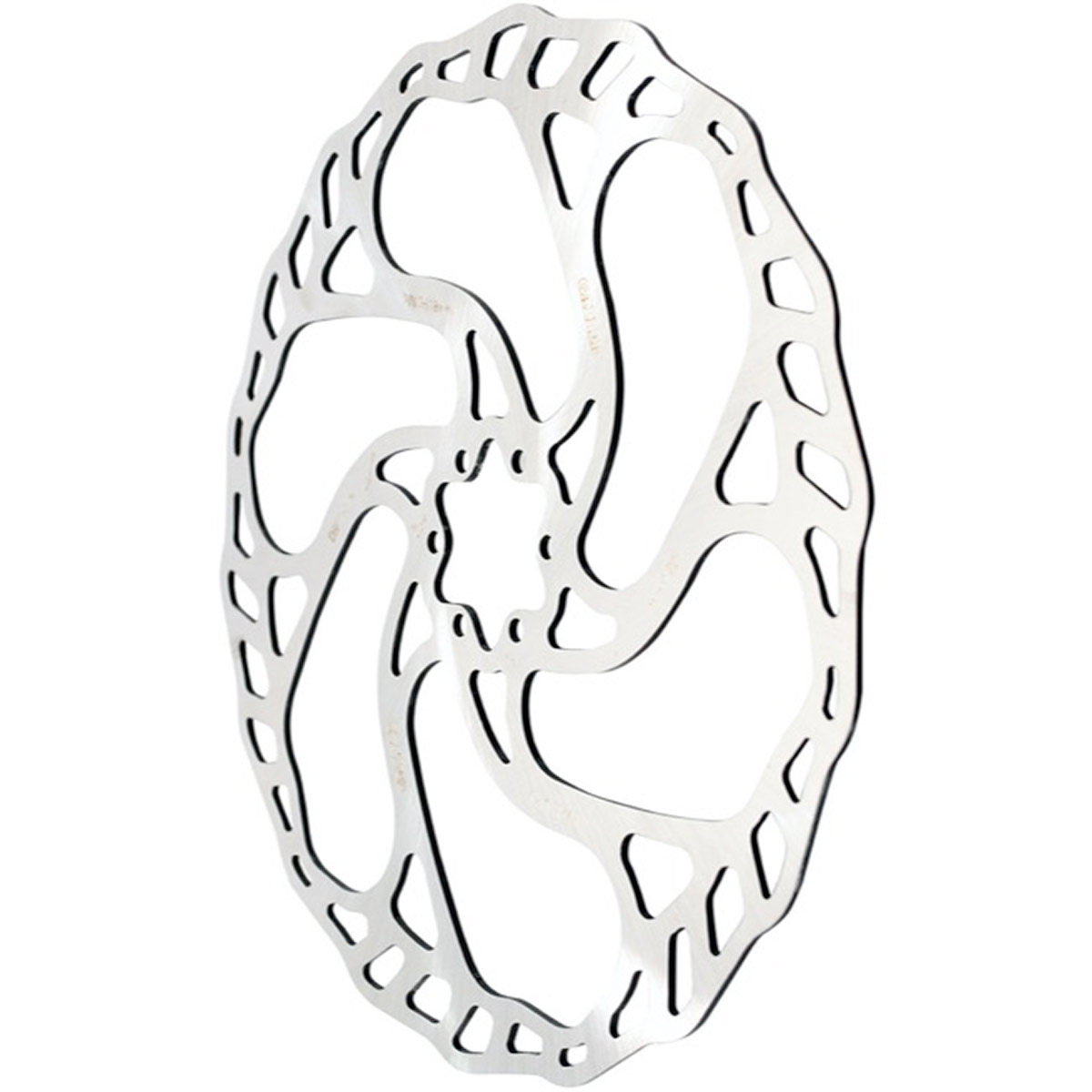
We are already seeing 220 mm rotors becoming more common, and 246 mm are beginning to show up too. Alongside grip strength, adding vibration to cycling at a fixed power output reduces time to exhaustion and increases oxygen uptake but not heart rate (Rønnestad et al. 2018; Samuelson et al. 1989).
In short, more vibration means more fatigue. It’s not possible to eliminate vibration entirely of course, but reducing it as much as possible should help kerb the decline in grip strength and save ever precious energy for clearing that tricky double, sprinting up the road to the next drop-in or being able to pull the brakes before hitting the crash barriers at the end of the race.
We think there will always be a trade-off between vibration exposure, speed, and career longevity. It’s such a complicated relationship. We’re looking forward to trying to figure more of it out. We think the solution is almost definitely going to be tailored to the individual, which makes it even more complex – but similarly enticing – to figure out.
From a different perspective, the findings of Rønnestad et al. (2018), Samuelson et al. (1989) and ourselves (unpublished, watch this space) show that physiological and immunological disturbances caused by vibration exposure aren’t accurately captured by heart rate measurement.
This means that for those interested in training load or activity tracking, ‘training load’ and ‘recovery time’ numbers calculated from heart rate are likely to be underestimated for mountain bike applications.
Bikerumor: Our suspension obviously does an awful lot to help us soak up impacts on the trail, but are other components important too?
I think almost everything has the potential to influence vibration exposure to the rider – tyre pressure, tyre casing, rim material, spoke tension, spoke lacing pattern, wheel weight, suspension set-up (including servicing), handlebar material and design, grips, brake lever angle and reach, frame material and design… we have a lot of work to do!
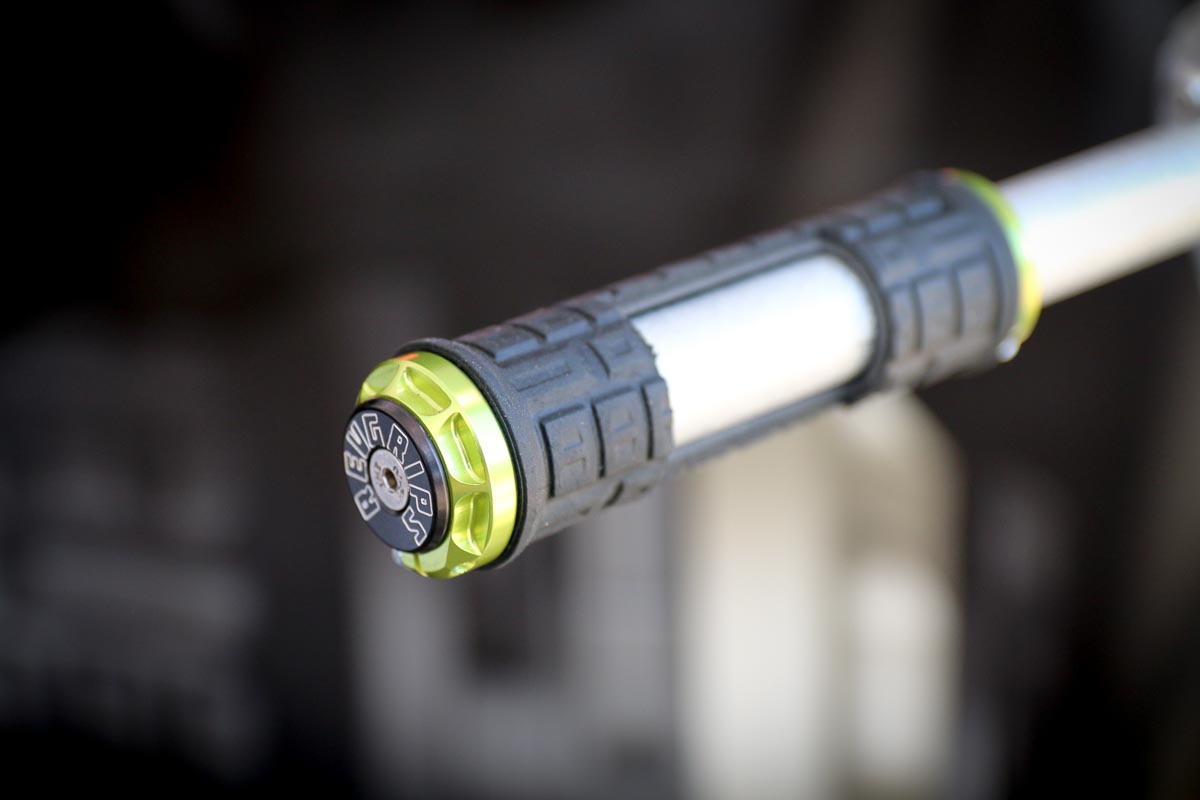
I hope to see some big developments in the future as manufacturers turn their attention to vibration mitigation.
BIKERUMOR: What component brands are factoring vibrations into their R&D?
Lewis Kirkwood, PhD: It seems you can read about vibration in almost every product release at the moment, so I think a lot of companies are turning their attention to the vibration side of things.

My understanding is that a lot of bicycle component manufacturers spent a long time concentrating on making parts strong enough to stop them breaking all the time. Next was making them lighter for the same strength, and it feels like now the focus is turning towards fine tuning the vibration transferred to the rider.
Like many other industries, the difficulty with mountain biking has often been accessing the R&D information which has been used to develop marketing claims. Without this information it’s usually very difficult to objectively evaluate a product without committing your hard earned cash to buying the product and finding out for yourself.
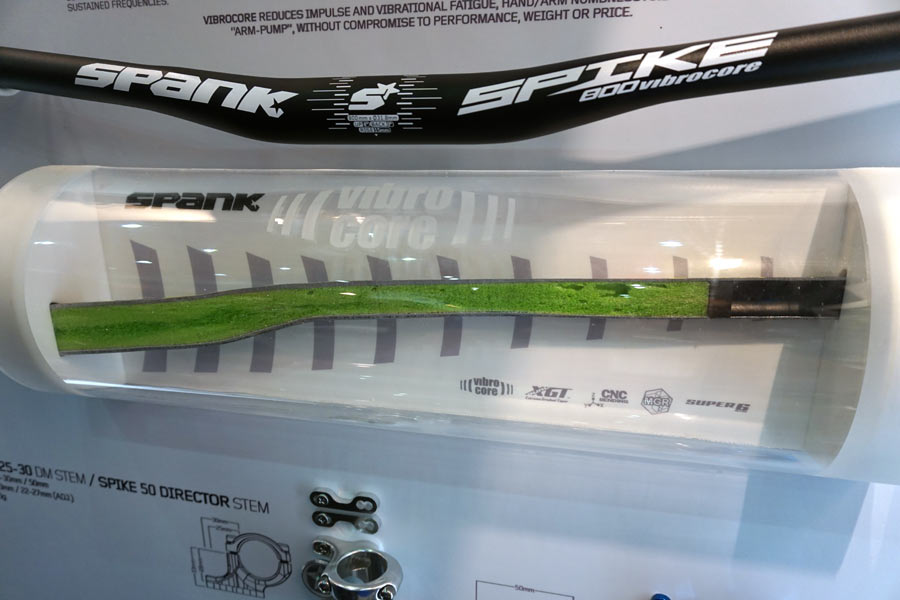
To that end, it’s good to see brands like Spank releasing their white paper on the testing of vibrocore handlebars, and CushCore have a refreshing amount of independent research on their website too, among some others.
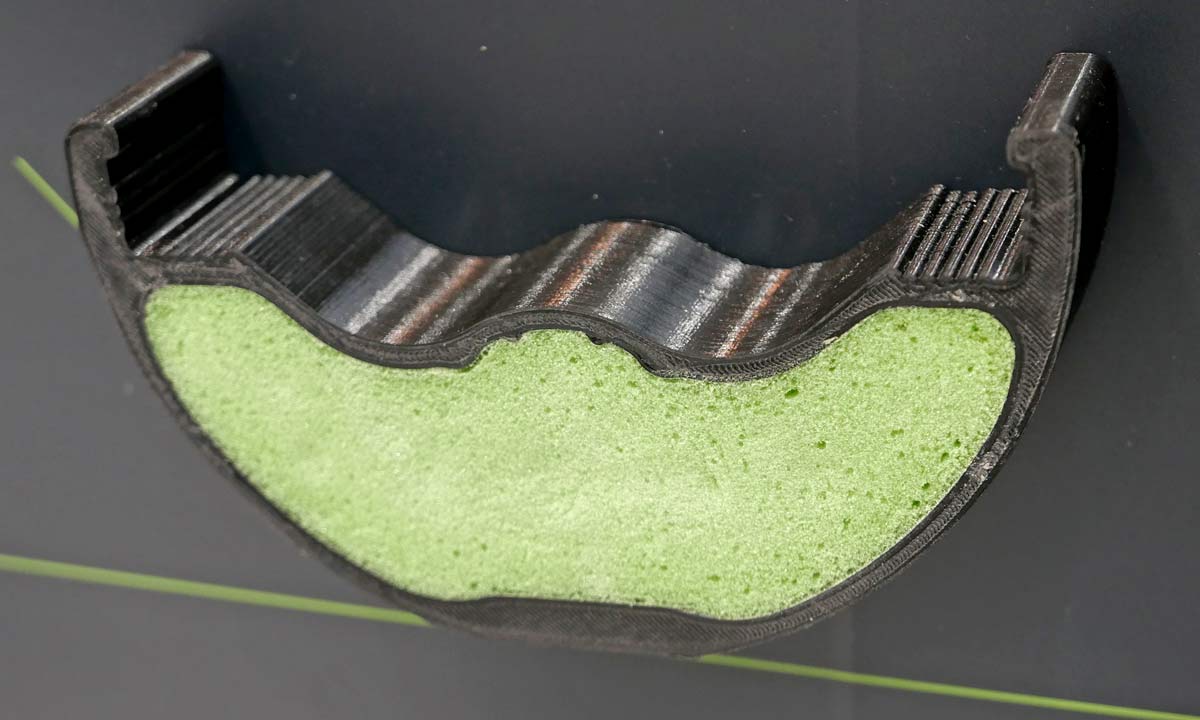
We have also been approached by several brands asking us to apply our vibration expertise to independent research and development, so it looks like things will be changing for the better imminently.
It’s also not just component manufacturers that have an interest in this kind of work, but employers too. For instance, we have done work with a UK Police Force to quantify hand arm vibration exposure values for police officers using bicycles in the workplace.
Bikerumor: What will your team be able to do, beyond measure vibrations in mountain biking that are transferred to the rider?
As a team, we have expertise including but not limited to physiology, immunology, biomechanics, engineering, product design engineering, psychology, and pretty much anything else related to riding bikes.

To put that into context, some of our previous projects include investigating the benefits of mountain biking as a form of therapy in those suffering from mental ill-health, developing suspension tuning devices, and assessing the effectiveness of chain lube on drivetrain efficiency.
I won’t define us with a set list of services, but think that we will either have or develop a solution to most requests. If we can’t, we can pass the project on to other knowledgeable groups such as the National Manufacturing Institute of Scotland.
BIKERUMOR: What’s next for your research?
Lewis Kirkwood, PhD: We had a few commercial projects lined up over spring and summer which have unfortunately been postponed thanks to the Coronavirus outbreak. In the meantime, we are working to submit some articles for peer review based on the data we collected for my PhD, and I have been working with Dr Tom Campbell on the ERASMUS+ funded DIRTT project.
In terms of academic research, we have lots of plans thanks to a relative lack of research in mountain biking and the recent surge in popularity of e-bikes. There is a lot we don’t know, but thankfully we have the tools and more importantly the people to find the answers.
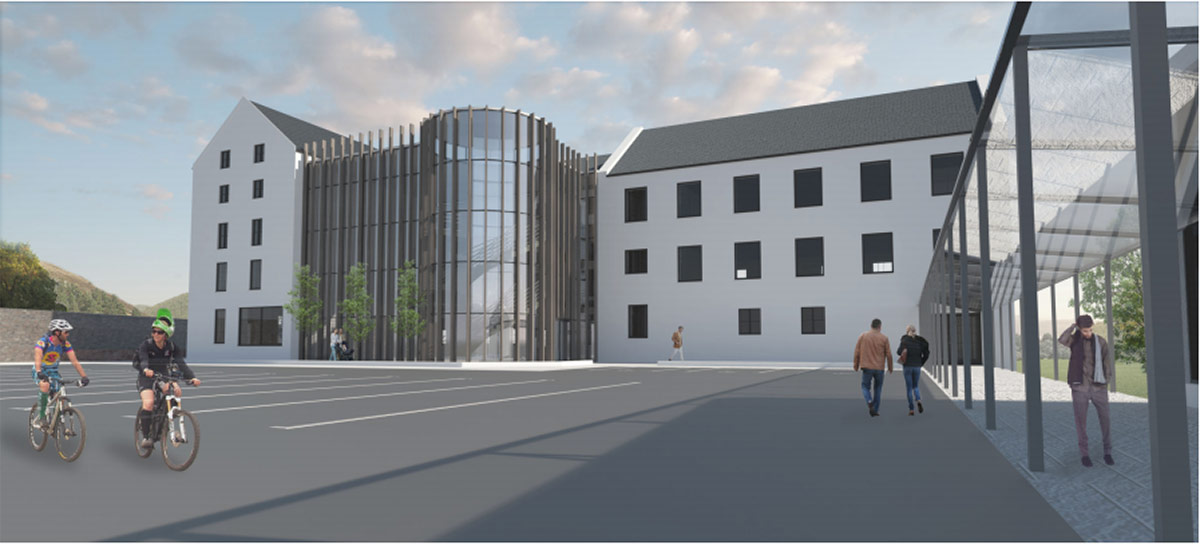
All of this work is a pipeline towards the proposed mountain bike innovation centre to be located in Innerleithen, Scotland, included in the £19 million Borderlands funding, subject to final business case approval. If that isn’t an exciting prospect, I’m not sure what is!
Bikerumor: Can companies access your R&D services now or do they need to wait until the Innovation Centre is up and running?
Once the Coronavirus situation hopefully calms down, we will be open for R&D Services again. Our workload capacity will increase when the innovation centre opens, but we are still very much welcoming enquiries at this point in time.
